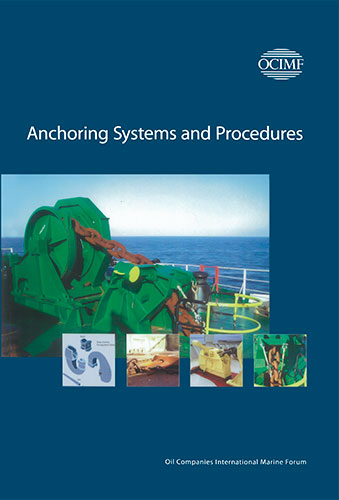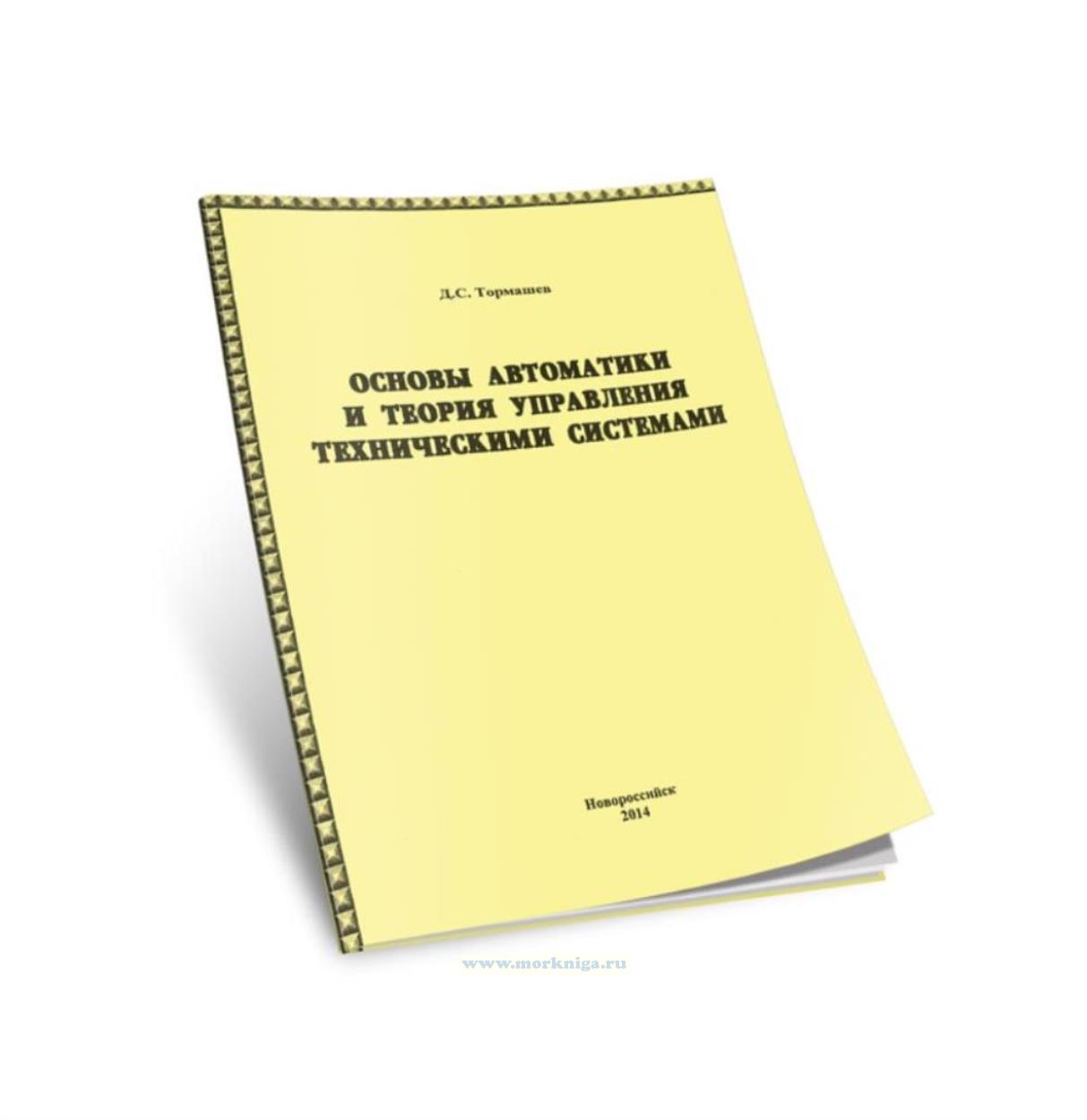Сб с 10 до 16
Anchoring Systems and Procedures. Якорные системы и процедуры
Издание на английском языке
This is the revised edition of the official OCIMF publication, superseding the original release of their "Anchoring Systems and Procedures for Large Tankers". It will provide reader with all necessary guidance and relevant recommendation to promote the safe operation as well as satisfactory operational performance of the anchoring systems normally installed on board ships.
The revision of the publication was considered necessary due to the significantly increased number of incidents that involved failures in windlass motors, anchor losses and associated injuries of the crew members. That is why the decision was made by the experts to get the content of the first edition revised and make it reflect the improved information related to the effective anchoring practices and also to recognize the developments made in the field of anchor systems in the past years.
The authors of the volume have highlighted all design capabilities together with the associated limitations imposed on these systems and equipment with the ultimate intention to enhance the operational safety. The guidance provided in the book will apply to vessels the vessels of all types and sizes and will be useful to their crew members.
Contents
List of Figures
List of Tables
Glossary of Terms and Abbreviations
Bibliography
Section 1 Purpose and Scope
Section 2 Issues Associated with Anchoring Systems and Procedures
Section 3 General Description of Anchoring Systems
3.1. Anchoring System
3.1.1. Basic Equipment Arrangement
3.1.2. Safety Aspects
3.1.3. Limitations of the Anchoring System
3.2. Anchors
3.3. Chain Cable
3.4. Hawse Pipe
3.5. Anchor Lashing
3.6. Chain Stopper
3.7. Windlass
3.7.1. General
3.7.2. Cable Lifter
3.7.3. Windlass Gears and Clutches
3.7.4. Stripper Bar
3.7.5. Windlass Brake Systems
3.8. Drive Units
3.8.1. High Pressure Hydraulic Systems
3.8.2. Low Pressure Hydraulic Systems
3.8.3. Electric Systems
3.8.4. Steam
3.9. Windlass Control Systems
3.9.1. Remote Control
3.9.2. Chain Counters
3.10. Spurling Pipe and Chain Locker
Section 4 Design Considerations
4.1. Design Standard
4.2. Design Philosophy of Anchoring Equipment
4.3. Environmental Forces Acting on a Ship at Anchor
4.4. Anchors
4.4.1. Anchor Construction
4.4.2. Types of Anchor and Stowage
4.4.3. Holding Power of Anchors
4.5. Chain Cable
4.5.1. Length of Chain Cable
4.5.2. Material
4.5.3. Cable Strength
4.5.4. Bitter End
4.6. Chain Stopper
4.7. Windlass
4.7.1. Drive Units for Windlasses
4.8. Testing of Anchor Equipment and Systems
4.8.1. Anchor
4.8.2. Chain Cable
4.8.3. Windlass
4.8.4. Sea Trials
4.9. Interface Between Ship Structure and Anchoring Equipment
4.10. Arrangement of Equipment
4.10.1. Anchor Stowage and Hawse Pipe
4.10.2. Chain Lockers and Spurling Pipes
4.10.3. Access, Safety and Security
4.11. Additional Equipment
4.11.1. Cable Tension Monitoring System
4.11.2. Chain Counters and Speed Measurement
4.11.3. Remote Control Options
4.11.4. CCTV Monitoring Systems
Section 5 Operational procedures
5.1. Anchoring Procedures
5.1.1. General
5.1.2. Preparation for Anchoring
5.1.3. Methods of Anchoring
5.1.4. Commonly Used Anchoring Procedures
5.1.5. Conventional Buoy Moorings
5.2. Maintaining an Anchor Watch
5.2.1. Watchkeeping Responsibilities
5.2.2. Securing the Cable at Anchor
5.3. Getting Underway
5.3.1. Avoiding Damage to the Anchor System
5.3.2. Emergency Recovery of Anchor and Cable
5.4. Use of Anchors in an Emergency
Section 6 Maintenance Issues
6.1. Routine Maintenance
6.1.1. Inspection
6.1.2. Lubrication
6.1.3. Flexible Hoses
6.1.4. Windlass Components
6.1.5. Windlass Drum Brakes
6.1.6. Chain Stopper
6.1.7. Chain Cable
6.2. Surveys and Inspections During Refit
6.2.1. Class Survey Procedures
6.2.2. Ranging and Inspection of Cable
6.2.3. Renter Shackle
6.2.4. 'D'Shackle
6.2.5. Anchor Swivels
6.2.6. Anchors
6.2.7. Brakes
Appendices
An Example of Typical Planned Maintenance Activities
An Example of Typical Refit Inspection, Survey and Maintenance Activities
Example Certification for Anchor Chain Cable and Chain Cable Fittings





 Основы автоматики и теория управления техническими системами
Основы автоматики и теория управления техническими системами  Работа в море. Практическое руководство для моряков
Работа в море. Практическое руководство для моряков  Материально-техническое обеспечение сил и мероприятий РСЧС и ГО
Материально-техническое обеспечение сил и мероприятий РСЧС и ГО